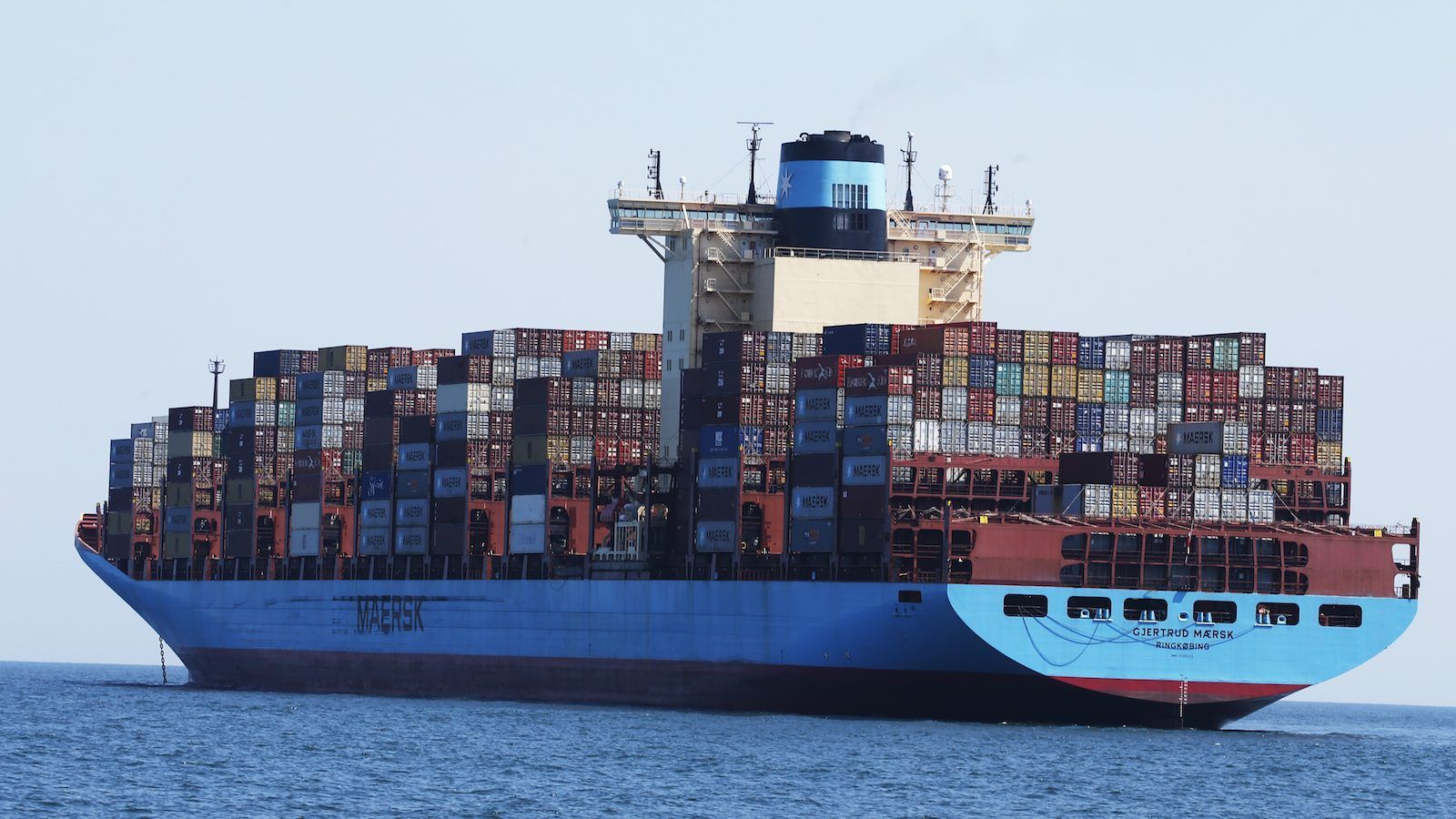

I recently had the opportunity to listen to a friend make a short presentation entitled “Failure to plan is planning to fail”. While his target audience was not related to the produce industry, it forced me to consider the possibility that is exactly where our industry’s current supply chain strategy lies. Every aspect of supply chains was brought to a heightened awareness during the pandemic and the months that followed. Companies, governments, and families were forced to rethink and reshape how they managed their most basic needs. Necessity being the mother of invention, new practices and innovations were implemented to deal with a very unpredictable and often interrupted flow of products and services. Fast-forward 3 years, what have we learned and what’s next? If the pandemic taught us anything, it’s to expect the unexpected. Yet in recent conversations with senior supply chain managers and C Suite level executives, the phrase I hear most is “returning to normal”. There is a sense of relief now that capacity has loosened significantly in all modes of transportation, and pricing has followed suit. Available warehouse space continues to increase as inventories decrease. All is well in the supply chain! Well, don’t be too sure. Supply chain professionals need to pause and digest what was learned during the past 36 months and how to best apply those lessons to their strategic plan. The first (and fairly obvious) lesson is to actually have a strategic supply chain plan. As frenetic as our industry can be, we are often thankful just to make it through another season. While it can be time consuming, the process of putting a core plan in place will allow companies to pivot faster and minimize interruptions to the flow of inputs and finished products. Investing some time now will save time, money, and heartache when the next hiccup occurs. Second, try to identify what type of disruption is likely to come next. It’s difficult to believe that there is another pandemic on the horizon, however there are threats looming around the corner. What immediately comes to mind is cybercrime. What happens to your EOS, TMS and WMS if it is corrupted and held hostage by a hacker? Can you react quickly to ensure that your vendors, partners, and customers continue to receive your communications? Are there geopolitical and inflationary risks? What effect will the ever-changing climate have on your company’s operations? One or all of these issues can disrupt your supply chain activity enough to cause a loss of market share, increased costs, and lost efficiency. Lastly, understand that now is the right time to take a proactive approach and explore a basic supply chain plan with both your team members and valued partners. You might be surprised to learn that many of the same risks that concern you also concern others in your sphere. Reach out to industry resource groups to better understand what issues are potential pitfalls for their companies. Add a contingency component to your plan as a basic defense against the next disruption. It will, indeed, allow you to sleep better at night.
